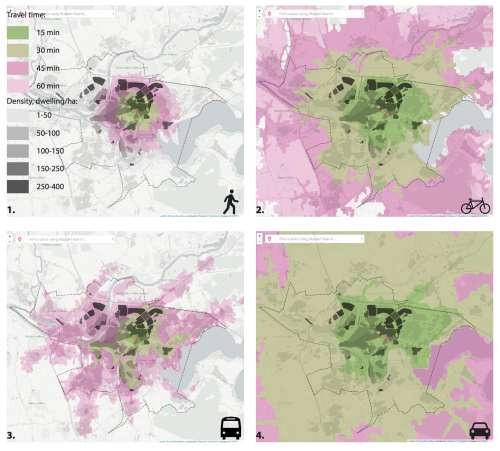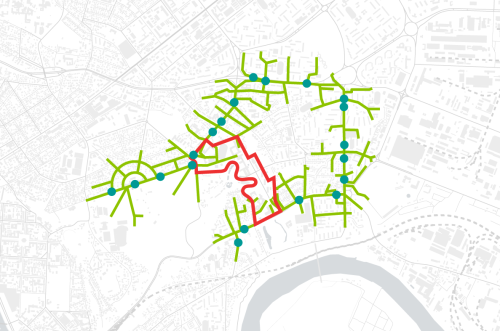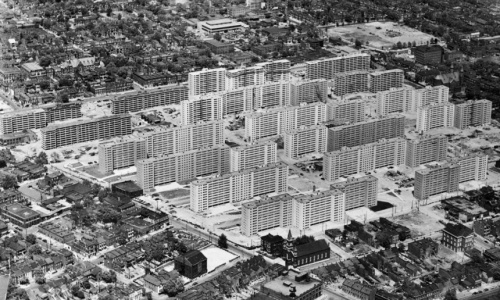
The Wolfson Prize, initiated in 2012, this year asked competitors to explore “the best delivery plan for a new garden city”. This years winning entry from British urban design consultancy URBED (Urbanism, Environment, Design) proposed to reenergise the Garden City (GC) movement, first conceived by Sir Ebenezer Howard in 1898.
“David Rudlin and Nicholas Falk’s submission argues that forty cities in England, including Northampton, Norwich, Oxford, Rugby, Reading and Stafford, could benefit from ‘GC status’. The award comes in the wake of polling conducted for the prize showing that 68% of the 6,166 Britons polled thought that garden cities would protect more countryside than the alternatives for delivering the housing we need.” (quote from here).
If you read URBED’s proposal (can find it here) it seems that their are not really trying to re-invent a wheel, instead just merely adapt what was once written and drawn by E.Howard.
So my question that arose while checking this award and winning entry is this: why competition asks to revitalise Garden Cities idea? wasn’t it long ago rejected as romantic utopia?
As Richard Rogers, strong opponent to this movement points out: (this) “ridiculous concept” risks “emptying out existing cities and that is a ridiculous idea.” One of his arguments is that GC idea – the play toy of major political parties in recent years, would bring benefit first and foremost to the developers, as greenfield is much easier and cheaper to develop in comparison to numerous brown-fields within existing cities and their centres. R.Rogers says ““We have 61,000 hectares of brownfield land in England and the government has approved half of it as potentially suitable for development. That would allow 1.3 million dwellings to be built even at a low density.” (You can read more here or full article here)
So again, even this one argument (not to mention revitalisation benefits of inner cities, cost for traveling from new suburban cities to city centres, benefits of existing social, spatial and economic tissue in the inner cities, etc) gives me a strong feeling that something becomes fundamentally wrong in UK if they want to revitalise GC idea.
Or do I miss something?




